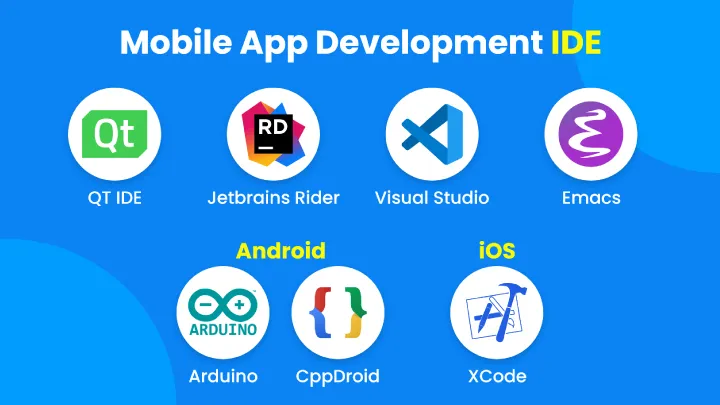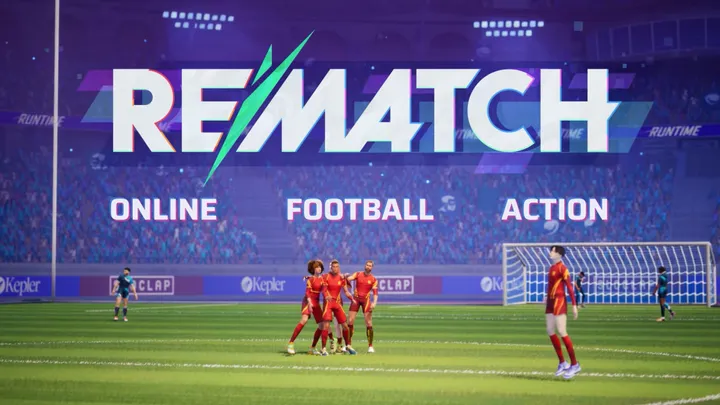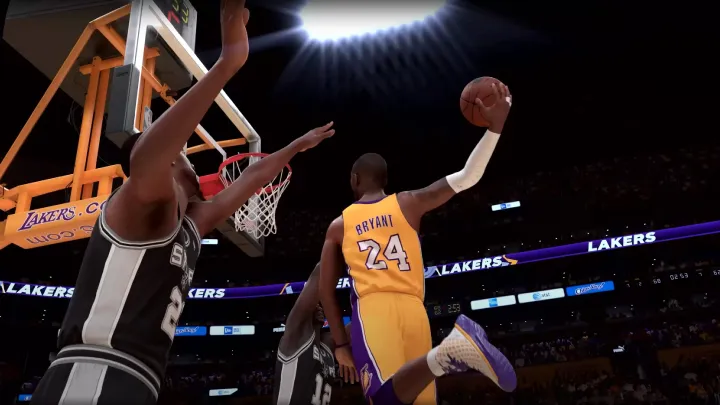PlayerUnknown’s Battlegrounds (PUBG) revolutionized the battle royale genre upon its 2017 release, setting the template for large-scale, last-person-standing gameplay. Its success lies in tense firefights, strategic rotations, and survival mechanics. However, behind this innovation lurks a persistent and multifaceted issue that has plagued the game for years: the intersection of performance problems, server optimization, and cheating. These factors profoundly affect competitive integrity, casual enjoyment, and the long-term sustainability of PUBG.
This article explores this issue in depth, tracing its development from early access to the modern era. We examine technical causes, community reactions, developer responses, and the broader implications for both casual and competitive players. By focusing on this specific challenge, we aim to uncover why PUBG’s core gameplay is often overshadowed by systemic performance and fairness concerns.
1. Early Access Reality: Excitement Marred by Lag
When PUBG entered early access, its innovative mechanics drew millions of players quickly. But high player counts on massive maps exposed severe server-side lag and optimization issues.
Server Load Challenges
The game’s 100-player matches stressed available infrastructure, causing rubber-banding, delayed hit registration, and inconsistent movement tracking. Players reported scenarios where bullets visibly missed targets but registered damage, undermining trust in gameplay.
Frame Rate and Client-Side Lag
Many players experienced low frame rates, stuttering, and crashes, especially on mid-range PCs. These issues forced the community to debate whether survival outcomes were determined more by skill or by hardware performance, creating a perception problem for competitive fairness.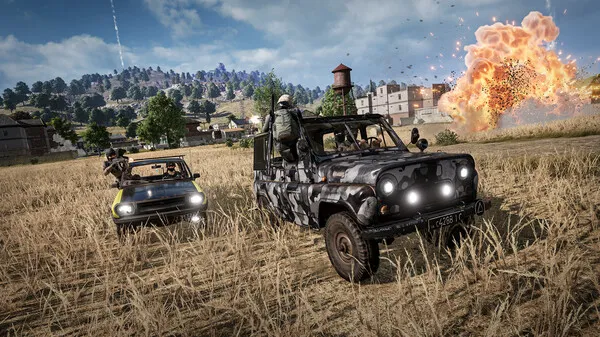
2. Map Complexity and Performance Strain
PUBG’s maps are expansive, featuring varied terrains, buildings, and environmental detail. While visually impressive, these maps exacerbate performance issues.
- Dense urban zones like Pochinki and Yasnaya Polyana increase rendering loads.
- Natural terrain, including forests and hills, complicates visibility and collision detection.
- Dynamic lighting and weather effects add additional computational overhead.
These factors result in inconsistent gameplay experiences: two players on identical hardware may encounter dramatically different performance depending on their in-game location.
3. Cheating Emergence and Its Impacts
Early lag issues coincided with a surge in cheating, compounding community frustration. Hackers exploiting wallhacks, aimbots, and ESP features gained unfair advantages, particularly in competitive environments.
Psychological Effect on Legitimate Players
Even minor lag incidents fueled accusations of cheating, eroding player confidence in matchmaking. Players often questioned whether losses were due to skill gaps, latency, or deliberate exploits.
Developer Responses
PUBG Corporation implemented anti-cheat systems like BattlEye and their own proprietary measures. While effective against many offenders, new exploits emerged continuously, creating a reactive cycle rather than a proactive solution.
4. Ranked and Competitive Play Complications
PUBG’s ranked modes amplified performance issues. High-stakes matches exposed discrepancies in hit registration, server tick rates, and latency.
- Skilled players faced scenarios where precise positioning and aim were negated by lag spikes.
- Teams had to compensate strategically for potential performance inconsistencies, altering traditional rotation and engagement decisions.
This environment forced competitive players to not only master game mechanics but also account for systemic unreliability, blurring the line between skill and chance.
5. Mobile Adaptation: Performance Across Devices
PUBG Mobile introduced an additional layer of complexity. Unlike PC versions, mobile devices vary widely in processing power and network stability.
Device Fragmentation
Older devices struggle with high frame rates, leading to inconsistent input responsiveness. Visual clutter and effects further exacerbate performance strain, creating uneven playing fields.
Network Variability
Mobile networks introduce packet loss, jitter, and lag spikes that differ from wired PC connections. Players report that survival outcomes often hinge more on connectivity quality than strategic decision-making.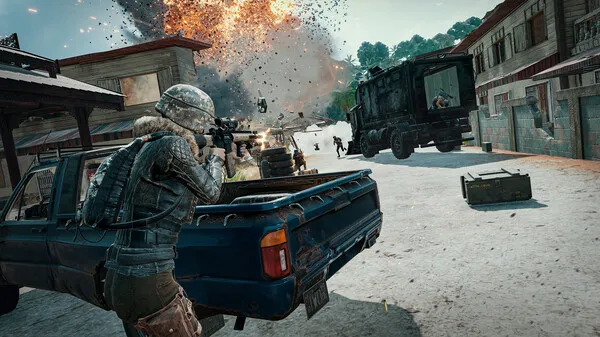
6. Optimization Attempts and Trade-Offs
PUBG developers have rolled out multiple optimization efforts over time:
- Reduced texture quality and simplified building rendering in urban zones.
- Introduced lower-detail foliage and culling systems for distant objects.
- Server tick rate improvements and regional server expansion.
While these updates improve baseline performance, trade-offs are unavoidable. Simplified visuals can reduce immersion, while server improvements are limited by cost and infrastructure constraints.
7. Community Mitigation Strategies
Players have developed workarounds to address performance issues:
- Custom graphics settings to maximize frame rates.
- Selecting servers based on ping rather than region loyalty.
- Third-party monitoring tools for network stability.
These measures help mitigate lag but introduce inequalities: players with better hardware, faster connections, and greater technical literacy gain an advantage outside core gameplay skill.
8. Psychological and Social Consequences
Performance inconsistencies and cheating have long-term effects on player behavior:
Trust Erosion
Players may distrust matchmaking fairness, reducing engagement and willingness to invest time or money.
Social Conflict
Disputes over suspected cheating or lag-related failures can create tension in squads, impacting teamwork and enjoyment. Communities often split into factions debating blame: hardware, server performance, or individual misconduct.
9. Esports and Competitive Integrity
PUBG esports faces unique challenges stemming from performance and cheating issues.
- Tournament organizers must enforce hardware and network parity to maintain fairness.
- Broadcasted matches often require spectator-friendly modifications that further affect performance balance.
- Professional players must adapt strategies to compensate for systemic unreliability, adding a layer of unpredictability to competition.
This complicates the game’s legitimacy as a competitive esport, as outcomes are not solely determined by player skill.
10. Long-Term Implications and Future Directions
The intersection of lag, optimization, and cheating continues to shape PUBG’s trajectory.
- Persistent issues risk alienating new players, impacting retention and revenue.
- Competitive trust and community satisfaction hinge on ongoing, proactive improvements.
- Long-term solutions may require cloud-based computing, better regional server distribution, and more advanced anti-cheat technology.
PUBG’s experience demonstrates that large-scale battle royale games face unique challenges in balancing performance, fairness, and competitive integrity.
Conclusion
PUBG’s innovation in the battle royale genre remains undeniable, but its long-term success is hampered by systemic performance and cheating challenges. Lag, hardware variability, and exploiters undermine fairness, affecting both casual and competitive experiences. Developer interventions have improved the situation, yet the game continues to navigate the delicate balance between immersive, large-scale gameplay and consistent, reliable performance. Addressing these issues comprehensively is essential for maintaining trust, engagement, and the competitive legitimacy of PUBG.








